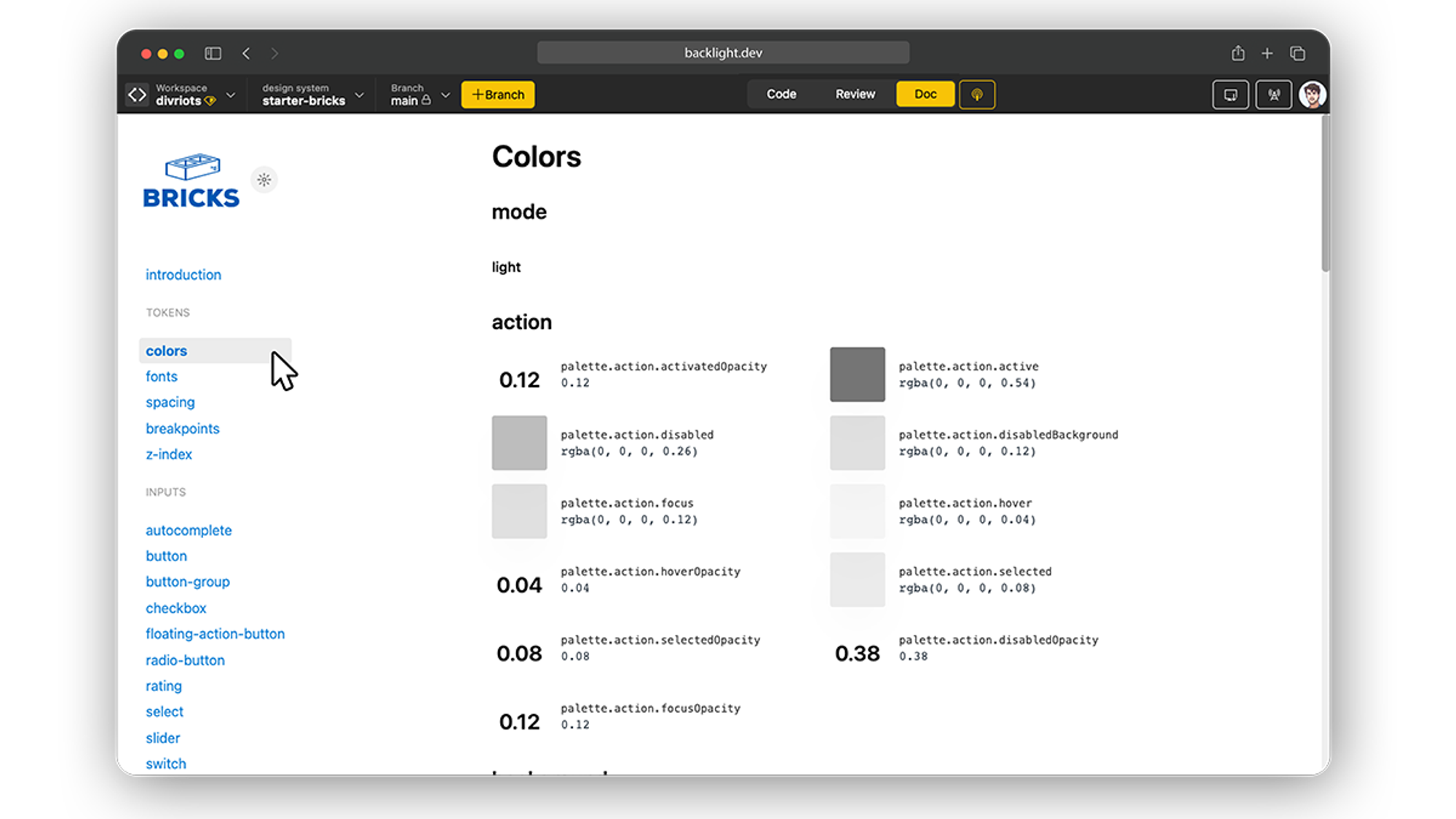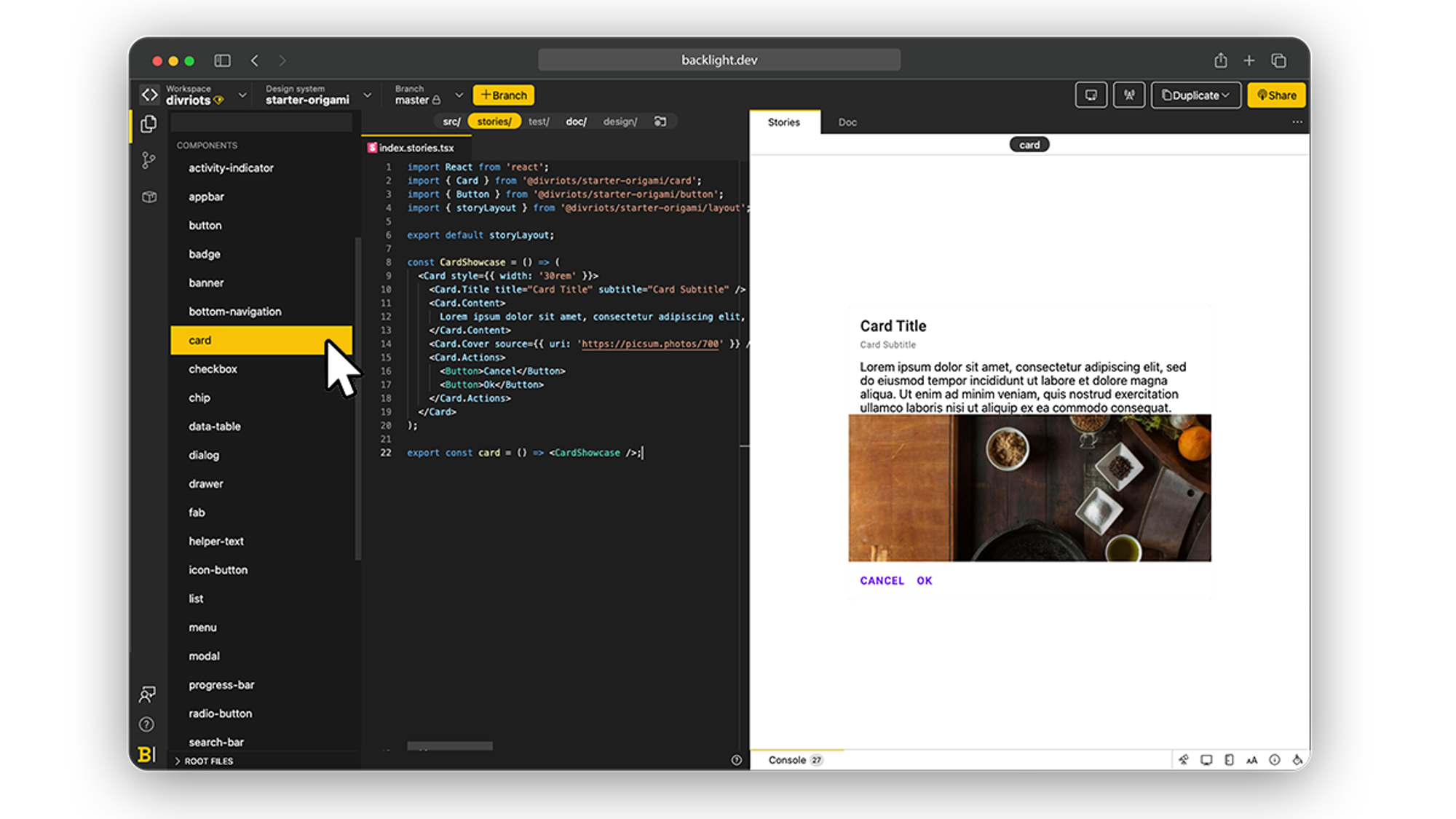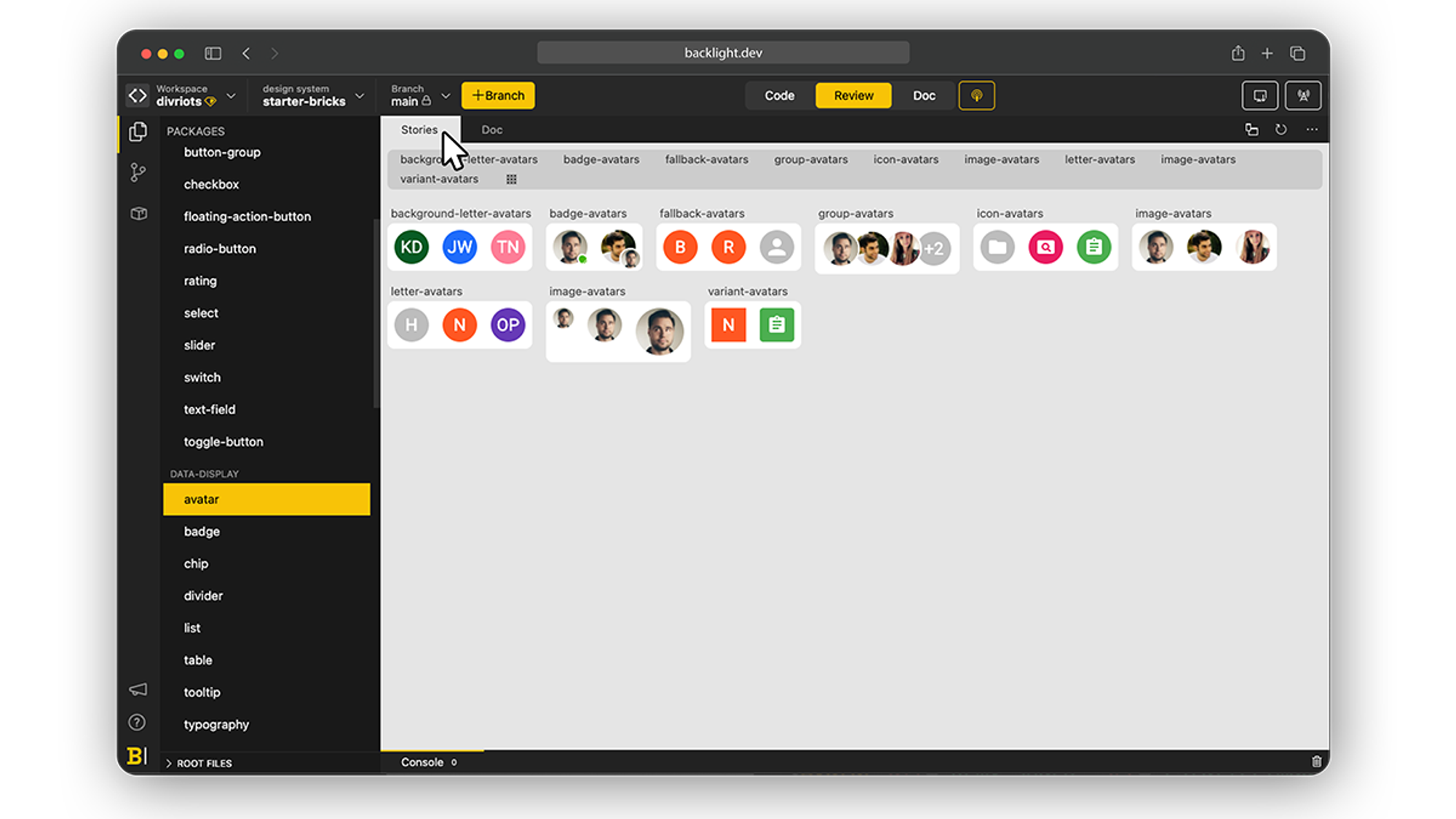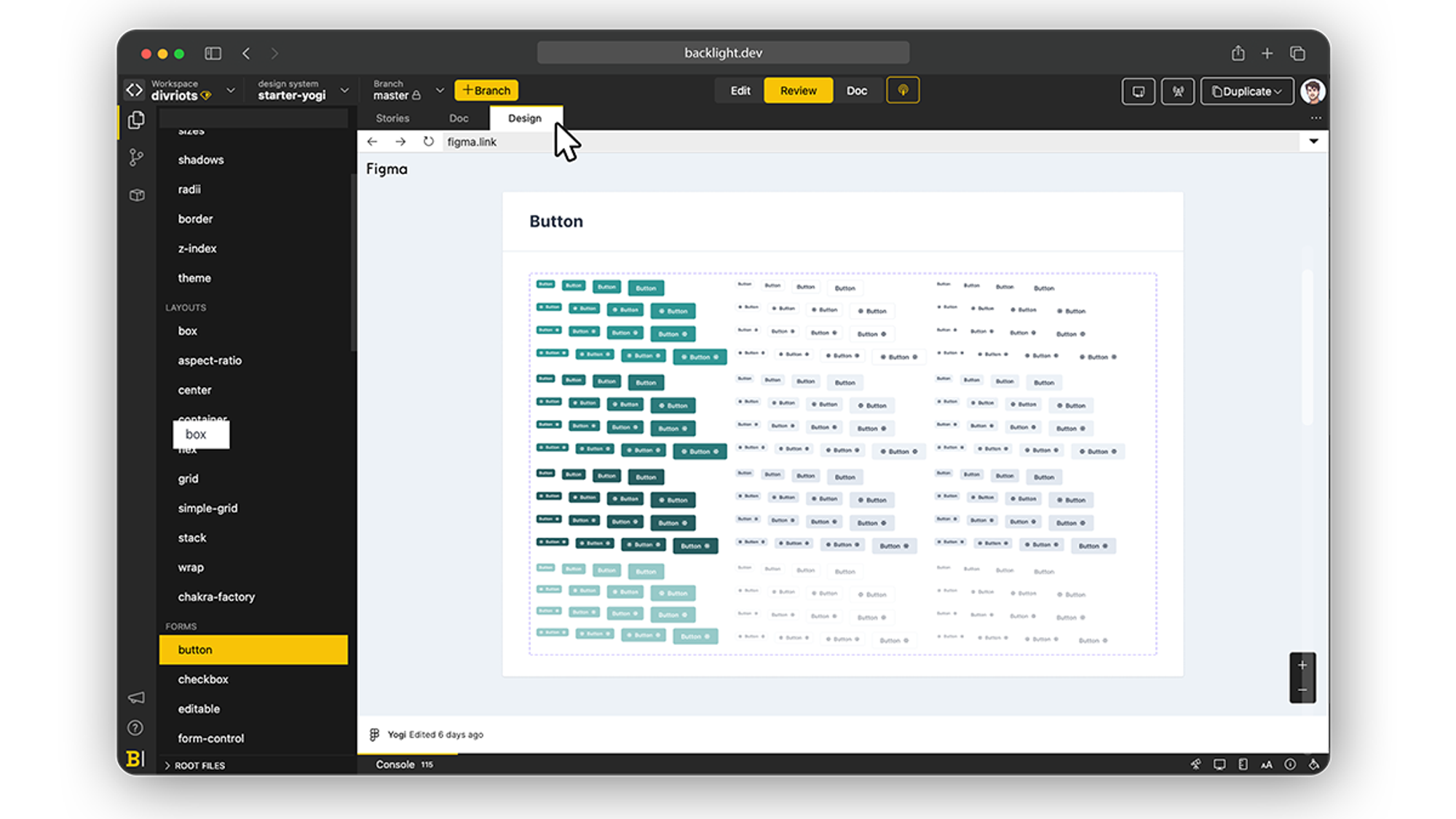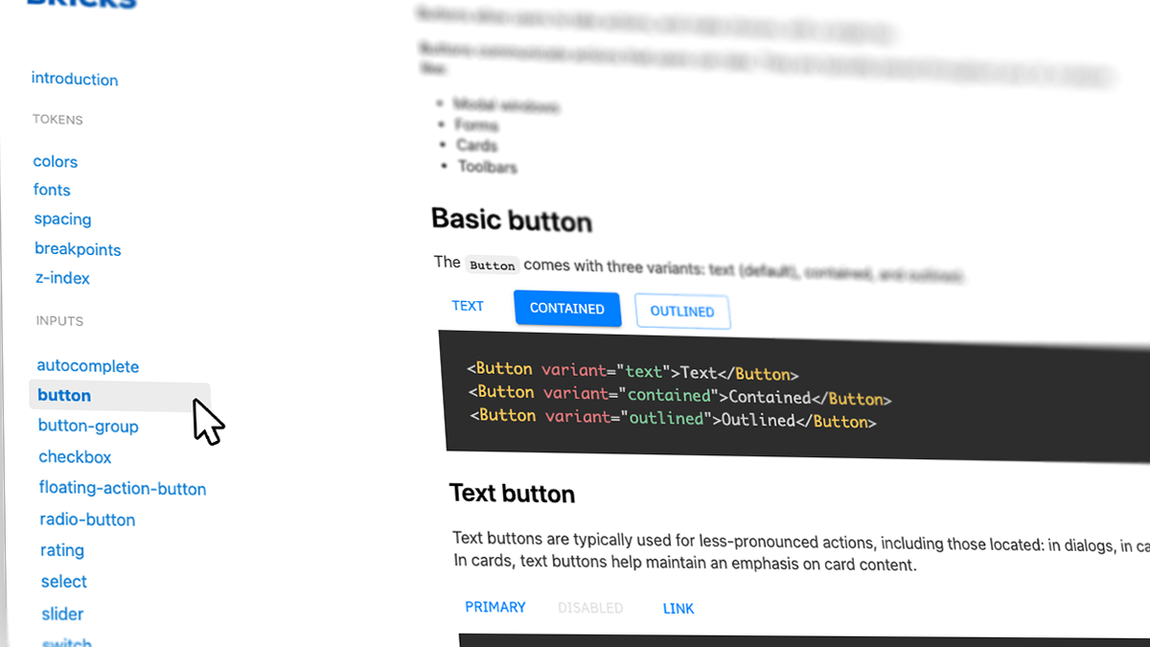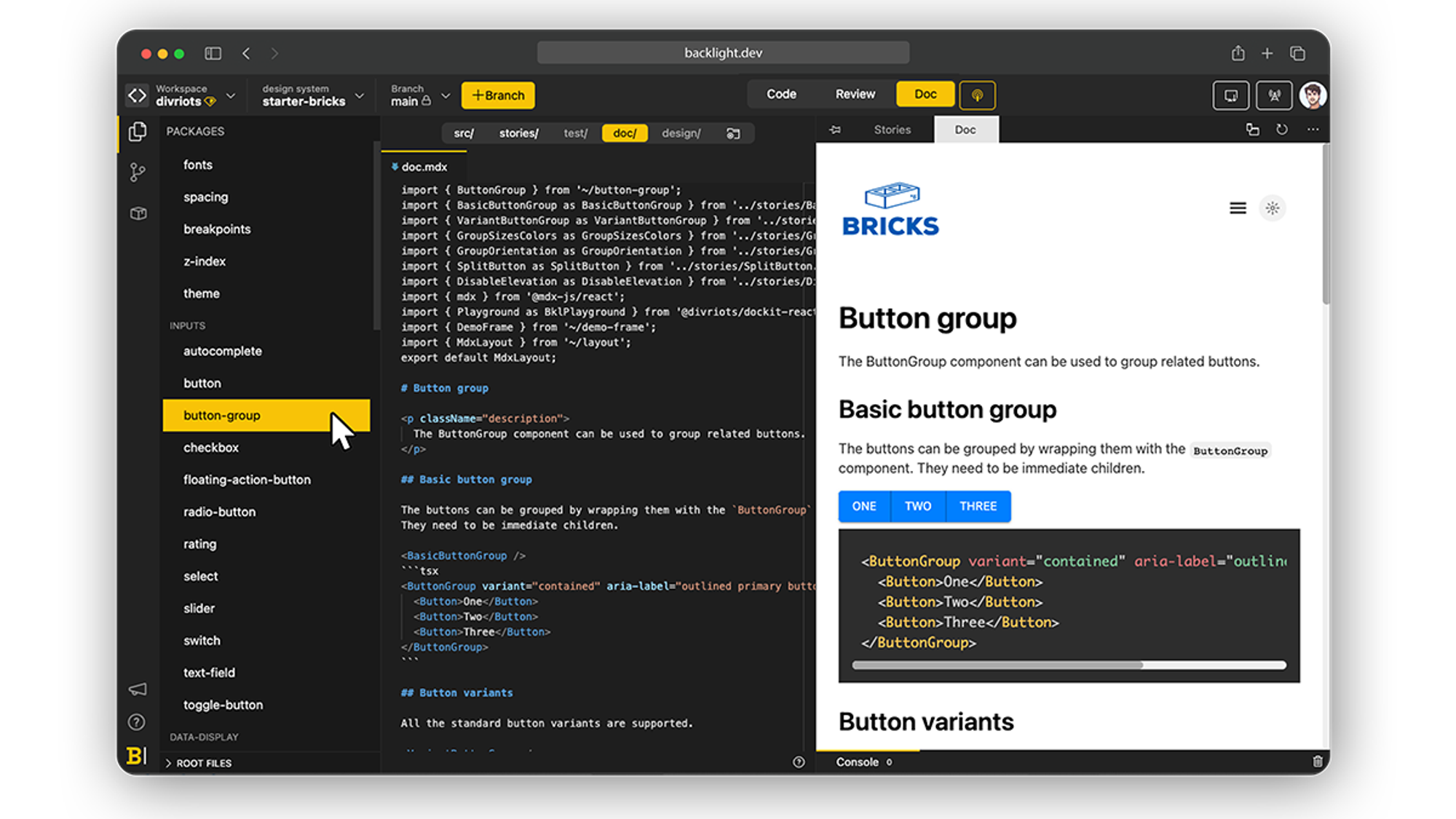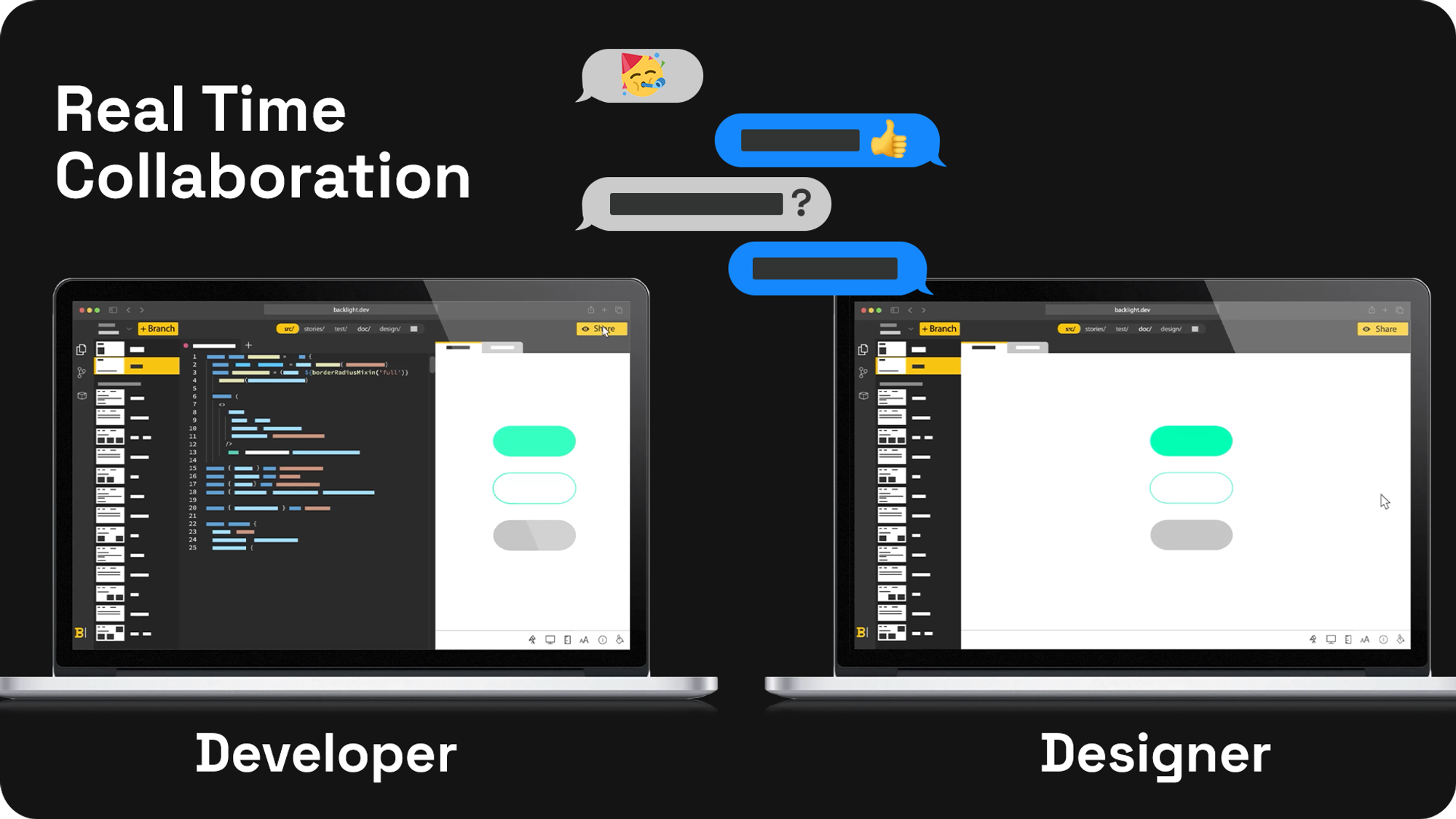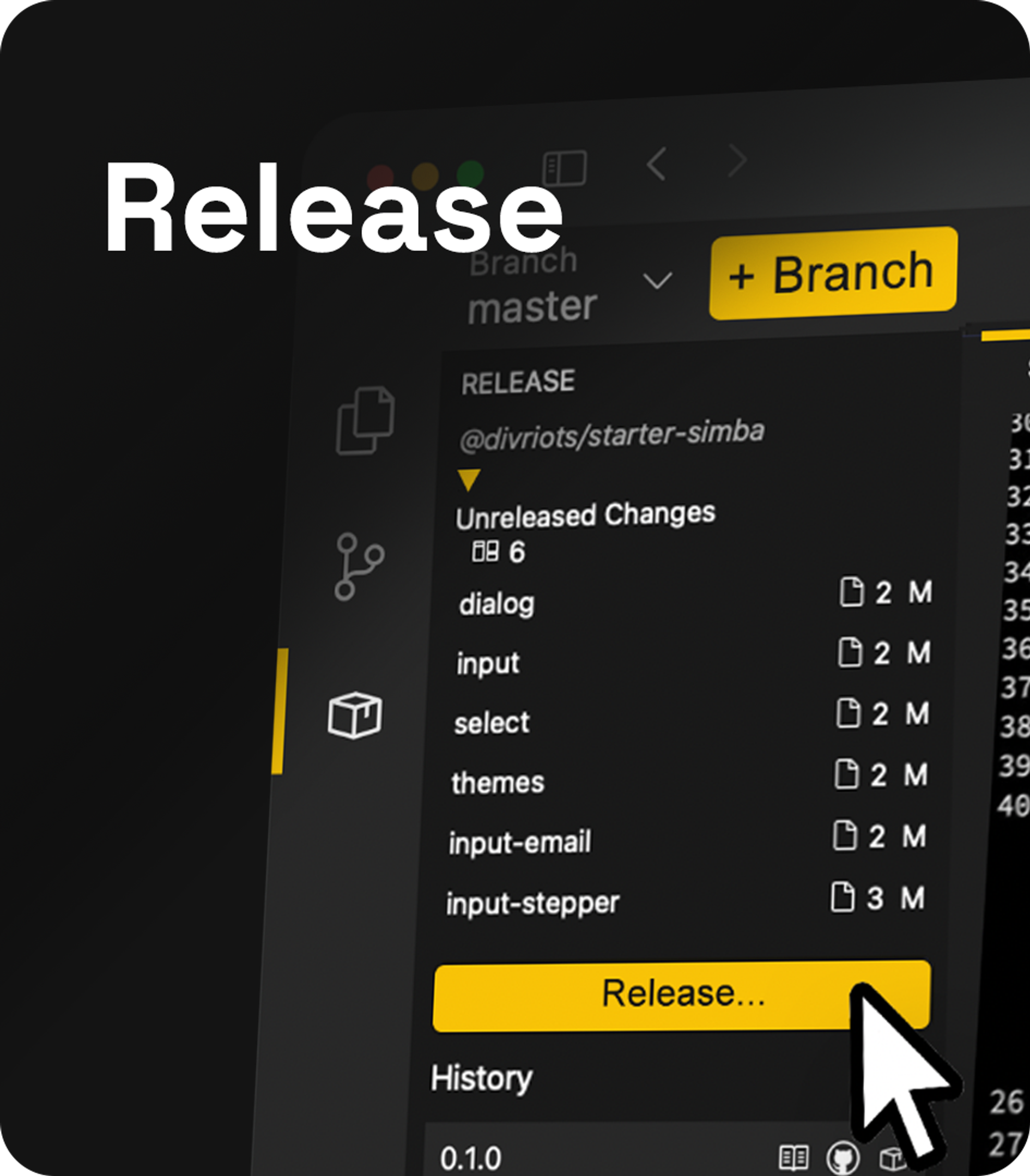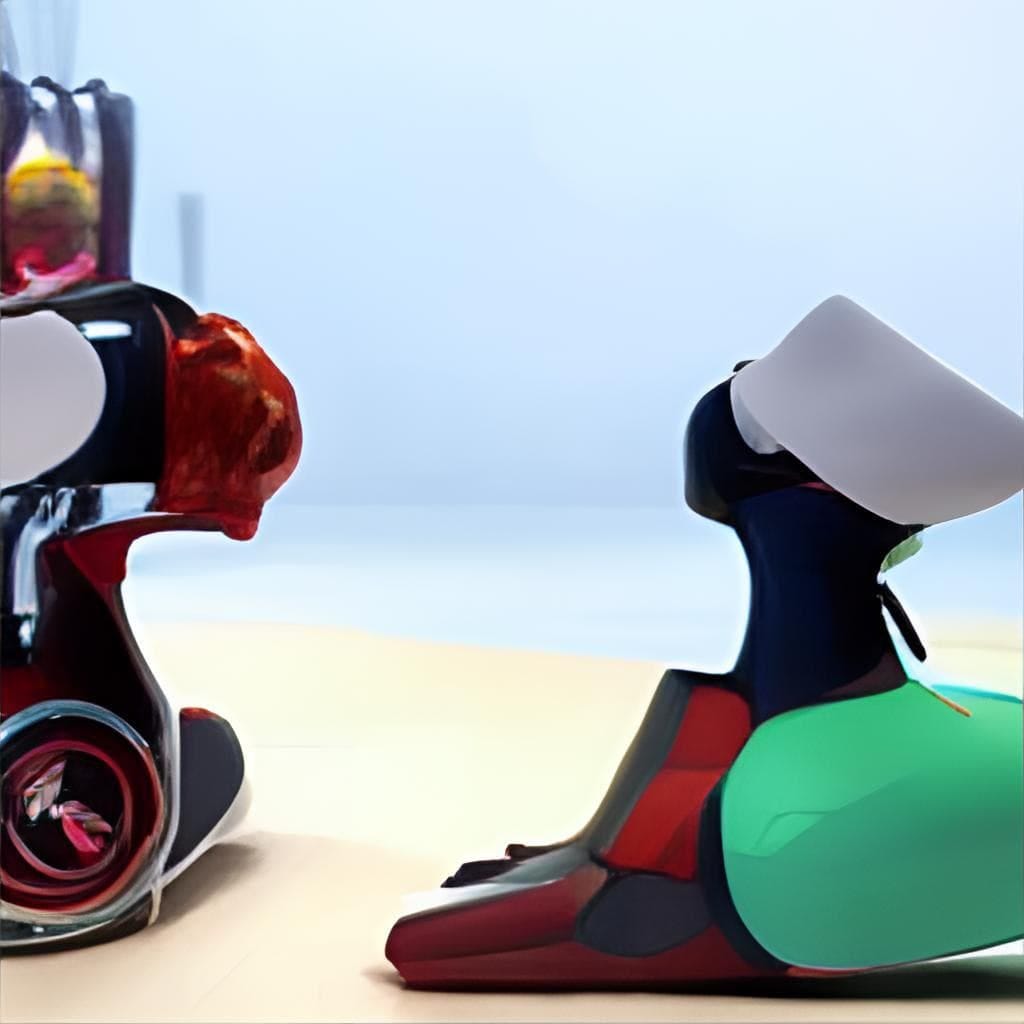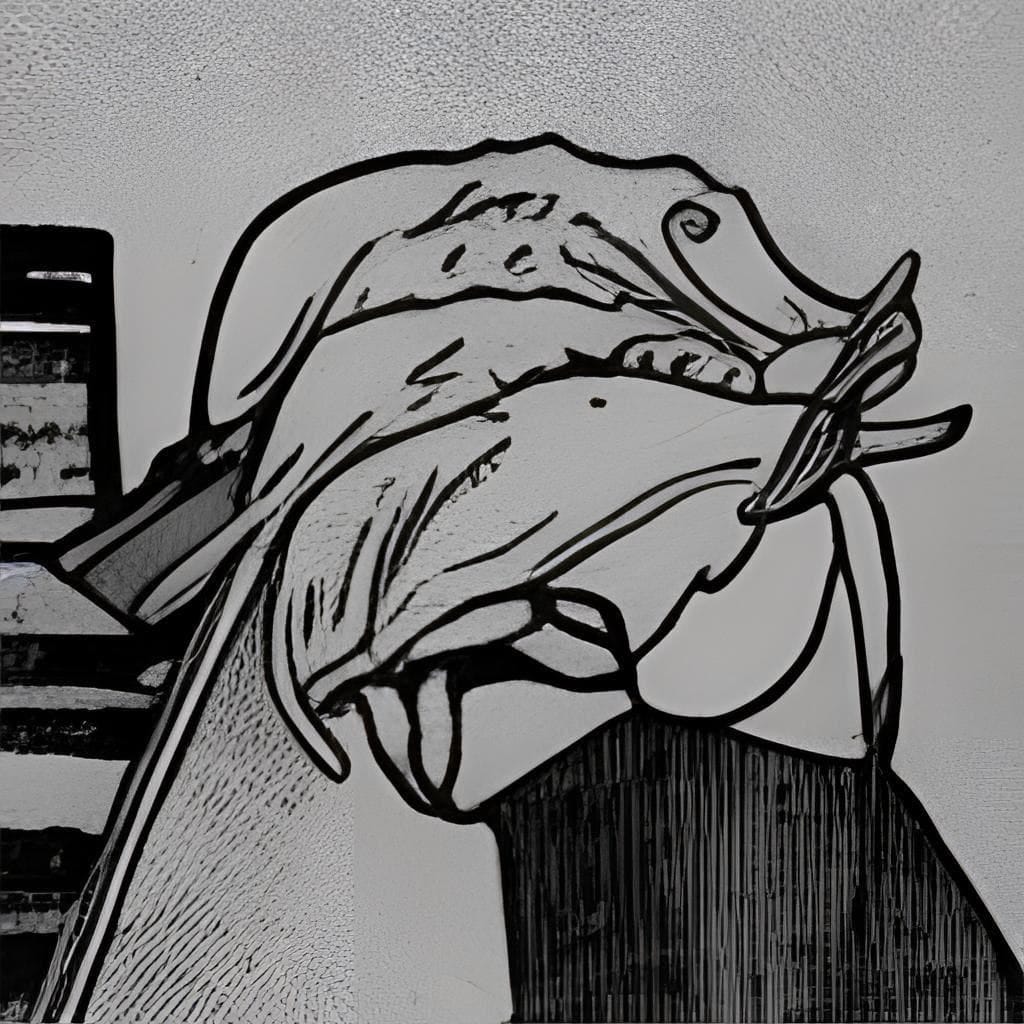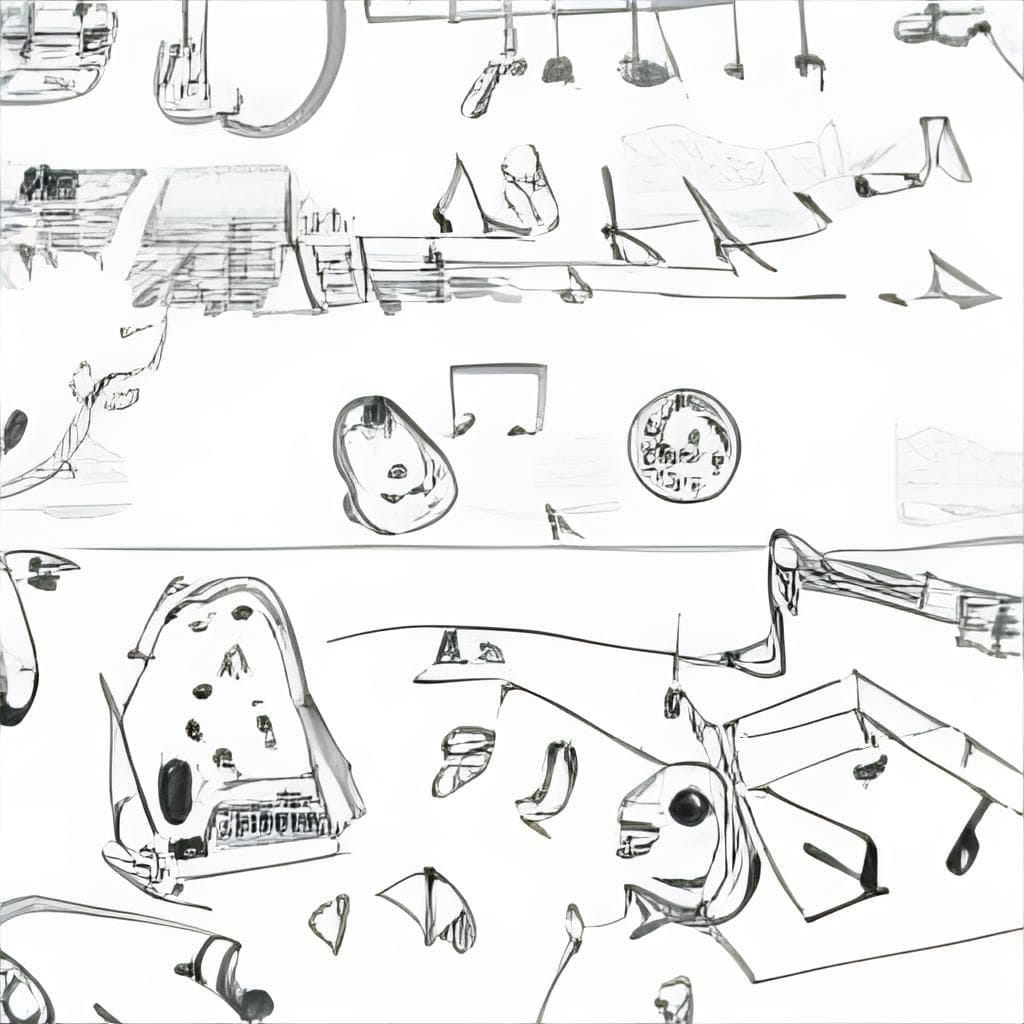Introduction
Some startup operators have a clear lane, an easy-to-follow career progression. SDR to Sales Manager to VP of Sales. SWE to Director of Eng to VP of Engineering. Marketing Manager to CMO. Others have a resume that’s harder to pin down. Take the more elusive “business” folks, often the first non-engineering hires at an early-stage startup. They’re the generalists who can thrive in product, ops, business development, or even dabble in data science or developer advocacy. If you’re an aspiring startup leader who falls in this category, it’s often challenging to chart a broader course for your career.
And it can be just as murky on the other side of the table. From a founder’s perspective, bringing these types of hires aboard marks a new chapter in a startup’s journey. The focus shifts from building the early product, to building the company that builds the product. The org chart starts to fill out. Suddenly, you’re interviewing candidates and managing teams well outside your own functional expertise.
Cristina Cordova is well-positioned to share advice for both camps. As a repeat early startup employee, she describes her career as being “somewhere in between business and product.” That’s because while she cemented her expertise in business development and partnerships, she’s also been a product marketer in a pinch, managed teams of engineers, led DEI initiatives, and hired everyone from growth PMs to developer advocates. Cordova’s also a seasoned angel investor, and after backing over 50 startups, she’s helped founders work through every thorny challenge of company building.
What makes that advice particularly valuable is the fact that she’s been at a collection of standout tech companies, developing deep wells of experience in SaaS, fintech, and the developer tools space. She started her career as the very first employee at Pulse (which went on to be acquired by LinkedIn), honing her deal-making and distribution chops. After joining as Stripe’s 28th employee, Cordova spent the next seven years at the payments juggernaut, building out the partnerships function from scratch and heading up a new business unit to take products like Corporate Card and Treasury from 0 to 1. In 2020, she returned to her early-stage roots and joined Notion as Head of Platform & Partnerships, launching the company’s long-awaited API and building out the self-serve growth team.
But selfishly, we’re most excited for Cordova’s next chapter: joining us as a Partner here at First Round to back early-stage founders full-time. While we’re brimming with excitement to add her to the team — you can read more about that over here — on The Review, we’re focused on open-sourcing the hard-won advice that she’ll be sharing with company builders.
What follows is a collection of her lessons on building and scaling a startup. Whether you’re a founder trying to figure out growth and assemble your team, or an operator hoping to architect a high-impact career, Cordova has been in your shoes very recently. From advice for leveling up your negotiation skills and API documentation, to guidance on getting layering right and hiring for roles you’ve never personally held, she shares tons of practical pointers that are worth bookmarking for later.
TAKING CHARGE OF YOUR STARTUP CAREER:
#1: Challenge yourself to get more “technical.”
One of Cordova’s strengths is her ability to bridge the business and the technical. “Early on in my career, I disliked the distinction. There’s this wall up between the two. I loved being that person in a room where other people would say, ‘Wait, what team are you on again?’” she says.
This quality is particularly important for business development. “There can be an intimidation factor. But as a non-technical person working on a product, you should be able to read and understand the API docs, even though there’s a temptation to think, ‘Oh, that’s not meant for me.’ To get over this initial blocker, I often reminded myself that while an engineer on the team has strengths in certain areas, I also have strengths in other areas, and there’s nothing that either of us have that’s fundamentally unlearnable,” says Cordova.
“At the first startup I worked for, we didn’t have a data scientist yet. So eventually I had someone teach me how to use SQL so I could start pulling my own data and running cohort analysis. And slowly I became the person who would update everyone on how our cohorts were performing,” she says. “Patrick and John Collison were particularly great at encouraging this. There were people at Stripe who started working in support or sales, and then later became full-fledged engineers at the company.”
Another helpful trick is to focus less on worrying about your own skill-set, and more on being helpful. “In a classic, people-pleasing way, when I started at Stripe I was looking for ways to make engineers’ lives better. And when it was clear that an engineer didn’t want to be in their 10th partnership meeting, I thought I could try to learn some of these things for myself so they wouldn’t have to come,” she says. “It was as simple as saying, ‘I know we’ve been having a lot of these meetings. Can we sit down at lunch one day? You can whiteboard this out for me so I can better understand the underlying architecture.’”
If you’re the first business hire at a startup, you can’t be afraid to get into the technical weeds. How can you shield the product and engineering teams from the more painful elements of deal work, or reduce their customer meeting load?
“Then on my own time I would practice communicating the details at different levels of technical depth, whether it was getting into it with a technical person, or giving an overview to a business person and making sure they really understood it.” Here’s her advice for the latter:
Cater to their POV. Try to understand what their function is and what they’re likely to care about in relation to the technical topic at hand. “For example, when pitching new APIs to a finance person, I’d focus on where the funds are flowing, which is what they’d likely care about.”
Incorporate different techniques. “Maybe you can map the flow of funds out on a slide. Or tell a story, like: ‘When the Uber rider requests a ride, we’ll make an API call to ensure their card works on our side, then when the ride is finished, we’ll make an API call to charge the card.’ The person I’m explaining this to may have no idea what an API call is, but taking them through the journey helps them understand the broad strokes.”
.jpg)
#2: Pick your head up to observe (and steal from) others.
“As is the case with many women in tech, I didn’t really have a lot of great mentorship in my career. I had some incredible managers, but mentors fill a different role, giving you that wider-angle lens outside of your specific function and company. And I always felt too intimidated to reach out to someone and say, ‘Hey, can I get 30 minutes of your time?’ That’s a big reason why I started doing career chat sessions for folks who are at an inflection point,” says Cordova.
“But being at a fast-growing startup like Stripe, I learned a lot by just observing other people. I studied how company leaders I respected operated, stealing the tactics that I liked.”
Your manager might be too busy to directly help you with skill-building, but there’s real power in informally observing others in the org. If you want to learn as much as possible at a startup, you have to be proactive about your own growth.
This can apply outside of the building, too. “I was very early in my career — six months fresh out of school — and our startup was so small we didn’t have a PM. There was a woman in a senior product role at the BBC who sent me a super organized follow-up email. I still have it, not because there’s anything earth-shattering in there, but because I stole it and started using it as a template for future partnerships.”

#3: Ask these questions before joining a startup.
“As I’ve been doing these career chats with folks, the top question is always: ‘Where should I go next?’ Especially in today’s market — there are so many opportunities that it can be a bit paralyzing. But the company that you select matters far more than any other factor, whether it’s title, scope of role, or salary,” says Cordova. “While VCs and angel investors can place multiple bets in a short period of time and hope one pays off, employees get just one bet.”
Spend the vast majority of your time figuring out whether this is the right company for you to join above all else.
Here’s how Cordova placed her bets: “I optimized for companies that had big or growing markets, like payments and e-commerce at Stripe. I also tried to get a sense of how the product was doing if it had launched. For example, looking at discussion of Stripe in HackerNews threads gave me confidence because it clearly resonated with developers,” she says.
But in her experience of both investing in and joining startups, Cordova tends to focus most on the founding team. “A lot of things can change with the business or in the market, but the founders usually stick around. I’ve learned not to do too much pattern matching here. Ivan from Notion and Patrick from Stripe were very different, and yet both very successful,” she says.
To dig in further, ask these questions of yourself as you’re interviewing with folks on the founding team:
Are the founders well-suited to build a product in this market? Are they the customer, or do they know the customer well?
Do they have passion that can be sustainable for decades? “The story of how the Notion founders had to completely start over in 2015 is an example of that grit,” says Cordova. “And when I first met Patrick and John Collison, I had zero context on the problem they were trying to solve at Stripe, but I was fired up by them being fired up.”
How good are they at telling the company’s story? “Pay attention to how they’re positioning the opportunity when you’re interviewing.”
Do they care beyond the product? “Many early-stage founders focus just on building a product that people like, which is perfectly fine. But when I was interviewing at Stripe, I saw how they were already thinking about all of the elements that go into building a generational company, from hiring to retention to culture.”
Are they glossing over the challenges? “In interviews, I like to ask, ‘What area of the business would you say this company is behind on, given its stage?’ This can highlight surprising areas where you may have to fill in cross-functionally.”
Do I trust the founders to do the right thing if this goes badly? “Will they treat employees right if there are layoffs? Or only a subset of the team gets acquired?”
Is this someone I think I can learn from? (Even if this person is in a completely different function?)
Do I feel like the smartest person in the room when I’m with this team? (The answer shouldn’t be yes.)
#4: Be a gap filler.
“Elad Gil talks about ‘gap fillers’ and I’ve always thought it’s the perfect phrase. Stripe was growing so fast that we needed people to plug holes in the organization. It’s essential to grow with the company — rather than having the company grow around you.” Cordova shares two observations here:
Don’t just look for the helpers — become one. “It’s very easy to fall into a mindset where you’re criticizing all the things that aren’t going well — it’s much harder to come up with a proposal for making things better. Are you constantly looking around to find new ways that you could help the people around you? Instead of being super frustrated by how busy your manager is these days, is there something you could do to help them get more leverage?”
Sign up for side gigs. “My core focus was on partnerships, but I always had responsibilities on top of that. At one point an engineering manager left, so I took over managing the team. I also led DEI initiatives for over a year before we made a full-time hire,” says Cordova. “These opportunities allowed me to build a reputation for myself and gave me more exposure to other functions for my own development. Promotions often require work that has cross-org impact, which these kinds of projects can help with. Eventually, as the company kept growing, I got the chance to head up a new business unit.”
Sign up for the “side jobs” of standing up new teams, helping to start new functions, or leading a company initiative. It was the projects I worked on outside of my day-to-day work that gave me the biggest opportunities.
STAYING FOCUSED ON CUSTOMERS WHEN TAKING A PRODUCT FROM 0 TO 1:
#5: If you add something on, take something off.
You’ve set your plans for the next six months — and then another company in a similar space launches something new. Or a big prospect gets in touch, but is demanding a major new feature. What do you do?
“There are two types of mistakes that can be made. One is when the plan completely goes out the window. The team pivots to work on the shiny new thing, and you end up going into an area that’s maybe not worth it. The second type is ignoring it, rigidly sticking to the plan and refusing to take on ‘custom work.’ Classically, the best is somewhere in between the two,” says Cordova.

Here’s how to split the difference: “I love a good stack rank — if teams actually adhere to it. Get everyone together and say, ‘Here are the 10 things we’re working on this quarter and here’s the impact of each one if we don’t get it done,’” she says. “When a request comes in, if you decide to work on it, #10 on your stack rank has to come off. Or if it’s a much bigger new product initiative, then the bottom three have to come off. There’s a big difference between ‘Our most important customer is demanding this feature and threatening to leave if we don’t do this,’ and ‘A customer in the middle of our list is suggesting a nice-to-have capability.’ Religiously sticking to your stack ranking will help you sort through it.”
So many people delude themselves when they think they can just slot a new project on top of everything the team’s already doing. You have to put in the work to figure out if that shiny new object is worth throwing off the roadmap for.
If you’re looking to start a similar practice with your team, here’s Cordova’s lightweight template (built in Notion, of course).
#6: Cultivate a creative streak for serving customers.
“Patrick and John Collison always had a maniacal focus on customers. They taught me to always place a super high value on every facet of the customer experience. It built amazing brand loyalty,” she says.

“Stripe sent out thank-you cards to our earliest customers. This eventually shifted to celebrating our customers when they hit their own milestones, such as sending them a nice gift when they hit $1M in ARR. Or when one of our customers had a huge outage, we’d send their team cupcakes to commiserate.”
#7: Go through your own flows — then go through them again.
“At both Stripe and Notion, many of the most successful growth projects involved going through the user experience and putting yourself in the shoes of a first-time customer. It sounds very simple, but you’d be surprised how many organizations don’t regularly do that,” she says. “At Notion, I signed up for a fresh account even though I’d been using the product for years. I went through and clicked every button, writing down every little thing that may annoy users.”
Here’s an example of an annoyance that had an impact: “Right before you finish setting up your account, we’d ask you to invite teammates to your Notion workspace. And as you started entering emails, it was unclear — do you put a comma after one email and then add another? It was such a small detail, but the user interface was poor,” she says. “We changed it so that adding groups of people was more intuitive. That enabled us to 9X the number of people who invited someone else in.”
So much of growth is perfecting onboarding. Even if you built your onboarding flow only six months ago, go through it again. You’ll still have bugs.
#8: Self-serve ≠ set it and forget it
As you’re setting up a self-serve flow, proactively think about the high-value customers that you want to reach out to, even if they come in through the product. “There are a bunch of tools that can notify your entire sales team in Slack if someone with a top 1000 domain signs up for your product, for example. That way someone can reach out for a discovery conversation, or pull them out for a more white-glove type of onboarding experience.”
#9: Don’t fall into the signups trap.
The rule above applies especially for your first launch. “You’re going to have a lot of high-value sign-ups that first day, and you need to prepare your team to follow up with those customers. Too many startups don’t track how many of those customers actually stick around,” she says.
“Stripe’s metric for a fully onboarded customer was receiving three payments from different customers into your account. At Notion, it was inviting at least two other people to your account and putting a certain amount of content in there. Growth is about focusing on engagement, not just getting more people through the door.”
A big mistake early-stage companies make around launch is focusing too much on sign-ups. It’s great to have 10,000 sign-ups in one day — but are they paying you? Are they actively using your product? Are they adopting new features? Those are the things that you really need to care about.
BUILDING PARTNERSHIPS AND WINNING DEALS:
#10: Pause. You might not even need partnerships.
“Partnerships don’t make sense for most companies at the super early stages — which may sound funny coming from a person who did exactly that for a number of years,” says Cordova. “But it can truly become a big waste of time, and it’s a huge mistake to hire for it too early.” Here are a few reasons why:
They can change the company trajectory — in a bad way. “If you put half your engineering team on getting a partnership out the door, you might be abandoning critical work to find product/market fit,” says Cordova. “Or say you’re working with an early partner and they end up becoming 50% of your business. That’s driving a lot of value, but it can be very dangerous if you fail to develop a great core business. And if you lose that pivotal partnership, it can be a terrible signal.”
Partnerships might be an experiment that doesn’t pan out. “Stripe hired me at the perfect time. They had done two or three partnerships, so they had some data and the strategy was starting to look successful,” says Cordova. “But as is the case with many things in startups, partnerships can become this experiment you explore for a bit, only to find there’s not a there there.”
You might just need APIs. “A lot of partnerships at the early stages don’t have a strategic shape. It can be as simple as participating in an open development program, or using open APIs from other companies. If you’re not getting into complex terms, tough negotiations, or first-in-kind deals, then it’s hard to justify a business hire.”
I’ve always believed that your best BD person is a well-documented API.

#11: Share your specs mid-flight.
Speaking of APIs, Cordova often works closely with founders as they craft their strategy and timing here. “There was all this pent-up demand for what we launched at Notion. Some startups do this too early, and if the customers aren’t there, you don’t really know where to start from a product perspective. Just because you build out your APIs doesn’t mean that someone’s going to use it on the other side,” she says.
To get more clarity, write out the documentation, and share it with developers beforehand to get more feedback. “At Notion, we created an API spec that showed what it was going to look like before we started building it, and shared that with a number of interested users and partners to get feedback. That helped us see a lot of holes,” she says. “Digging into the details, we realized that we didn’t actually have the API endpoint they needed, or that tasks like searching across thousands of files would be difficult without more functionality or tooling.”
#12: Start at the middle — not at the top — of your target list.
It’s natural to set your sights on the opportunities that would reap the biggest rewards, but that’s a mistake. “Don’t start with the most important partners that you could potentially work with, but at the fourth or fifth down on your list. That way you can learn exactly what the objections from a big partner might be and start solving them. If you pitch that big company five or six months from now, you’ll be in a much stronger position.”
It’s better to build your case with smaller players for several months than to crash and burn with the most prominent potential partner because you’re eager to ink your first deal.
#13: Focus on the 80/20 in negotiations.
Most founders don’t have a ton of experience negotiating terms. “There are two traps here: You either get bogged down in the details and drag out the timeline of a deal, or you cave too quickly to get it done, giving in on some important terms that you’ll regret later,” she says.
Cordova shares her best tips for heading into negotiations:
Build a framework of principles. “Outside of an individual deal, step back to think about the things that your company cares about. What are you not going to give in on in any negotiation? For example, with distribution deals at Stripe, we tended to not want to be exclusive with partners. We’d work with Shopify and Squarespace,’” she says. “Or how even if it was at a slim margin, we had to do deals that were profitable.” For a specific deal, outline the top five things that matter — ideally you’ll get at least four of those.
Look for a win-win. “Many feel that negotiations pit your company against another and that a successful negotiation is one where your company comes out on top. Billy Alvarado, Stripe’s Chief Business Officer, taught me that your most successful partnerships are the ones where both companies win together. It helped that Stripe’s economic model was built off of us taking a small slice of the economics, so accelerating our partners’ success enabled us to win too.”
Minimize the risk of egregious terms. “Take something like a five-year term on a partnership when your startup has only existed for six months. That’s a little crazy, unless you’re getting tons of value out of it. You could counter with something like, ‘Well, I’m happy to sign up for this five-year deal if it means you give us X amount of revenue every year,’ or ‘If that means Y amount of customers are being brought in,’ with the ability to wind down the deal if that doesn’t happen.”
The goal isn’t to just release a press release that says your startup and this big company are working together. A partnership really does have to work at the end of the day.
MAINTAINING CULTURE AND DEALING WITH SCALING:
#14: Pair first principles with advice seeking.
The question of when to build and when to borrow best practices is one every founder faces. “Stripe was very much founded on first principles and thinking about company building from the ground up,” says Cordova. “There’s a strain of thinking in startups that can get very inward-focused, rejecting any ‘BigCo’ ideas. But at Stripe, that first principles thinking was also coupled with a lot of advice-seeking. We did tons of reaching out to other founders and executives to pull in their insights.”
She shares a specific example: “We were doing company planning for the first time and Patrick set me on a little mission to go talk to other companies and figure out how they do it. So I chatted with a Google exec, an Amazon exec working on AWS, and Mike Vernal, who was a VP at Facebook previously. Stripe would take elements that we liked from leading companies that had done this before, and then blend that with a more ‘Stripe-y’ approach,” she says.
“We liked Amazon’s ‘working backwards’ approach of writing a press release early on when building new products. Our first riff on that was including ‘User Ships’ in each team’s product plan, effectively forcing ourselves to outline what value we were going to deliver to the user that quarter. It was very similar to what Amazon did, but applied to smaller features and not just big bets.”

#15: Beware of the dangers of waiting too long to add a function.
For any startups currently studying Stripe’s playbook, Cordova points to another contrarian move to be careful of copy-pasting. “I hear so many small startups say, ‘Well, Stripe didn’t have PMs until they had hundreds of employees, so we’re thinking we’ll do the same.’ That was not the ‘secret to our success.’ Don’t mistake not having a function (product management) for not having a role (PM) played by a team member,” she says.
“Many folks wore the PM hat in the early days of Stripe without the company having a dedicated function. This worked because it was a developer product built by developers — but it may not necessarily work for you, in your market, at this point in time. When Stripe’s customer base grew and we needed to build for accountants, customer support and other teams using the product, we hired PMs.”
Furthermore, if you had reached out to someone at Stripe to share how that practice went over internally, you might have gotten some interesting perspectives. “Functions have reputations within a company. And sometimes waiting too long to hire can create difficulties for when that function eventually does come on board. Waiting to build a product management org caused some at Stripe to wonder why we needed them, or to have a certain impression of what PMs would do when they came in. It sparked ‘hold onto your Legos’ type fears that made it more challenging for those first hires to do their jobs effectively.”
When adding a new team or role, take the time to clarify a few things: What a role is, what it’s meant to serve, how existing people have been making up for the lack of that role, and how their lives are going to be changed by new people coming in — in positive and potentially negative ways.
#16: As an employee, getting layered sucks. But you can reframe it.
“So many early-career startup employees are afraid of getting layered with a more senior leader hired above them. I felt the same way when it happened to me. It took me a while to understand it from the founder’s perspective,” says Cordova.
This decision to layer you has little to do with how well you’re performing as an individual. It has everything to do with how well the business is performing. If a startup founder can attract and hire someone with more experience to help grow the business, they will.
If you’re in the midst of a similar situation, here’s her advice: “Turn this into an opportunity to help the company find a new leader and future manager who you believe you can learn from. The only thing worse than getting layered is getting layered with a terrible manager.”
#17: As a founder, get transparent about layering.
Of course, that’s only possible if the founder opens up a discussion around layering to involve the team. “Most companies layer terribly. So many times founders just are like, ‘Oh, by the way, we just hired a head of marketing.’ And the employee’s reaction is often, ‘I had no idea you were even looking for anyone,’” says Cordova.
“Instead, tell the team, ‘Here’s what I think we’re looking for. Would love to get your thoughts on whether you think we’re ready for this person. What do you want to learn from someone who could come on in this role? What are the things you want to keep doing? What are the things you want to give up?’” she says.
BUILDING TEAMS:
#18: Stand out in recruiting by getting into the financials.
“When I was making my first few hires for partnerships, it was a struggle. I wasn’t an experienced manager, and Stripe wasn’t a super hot company yet. The team was mostly engineers, and BD folks can be a bit wary of that. And I couldn’t give anyone a title because I didn’t even have a title.” (More of her thoughts on that subject here.)
Cordova found that spending time walking candidates through equity made a difference. “Not many companies do this, and very few startup employees have a deep understanding of it. I had a whole spreadsheet that laid out assumptions like, what if Stripe’s value stayed the same, doubled, or quadrupled — how would that affect your equity?” she says.
If you’re a founder facing similar hiring challenges, there are other ways to emphasize that you truly care about the financial outcomes of employees. “Offer the ability to early exercise stock. Extend the option window to exercise to 10 years. And if you sell equity in secondary rounds, offer the same opportunity to tenured employees.”
#19: Try to see “no” as “not right now.”
“Greg Brockman taught me a lot about ‘long recruiting,’” says Cordova. She first learned this lesson from the current OpenAI (and former Stripe) CTO when she herself was being recruited. “They tried to recruit me several times and just kept spending time with me until I joined a few months later.”
After joining Stripe, Cordova took this lesson to heart. “I started to take the same approach with potential recruits. Candidates I rejected ended up going on to refer folks who I eventually hired. I remember Rishi Sachdeva turned me down midway through, but eventually came back around and joined my team. I always take a no as ‘not now’ thanks to Greg.”
.jpg)
#20: If you’re hiring for a role you’ve never held, try to get your hands dirty.
“Especially after a funding round, when your company is about to go into hiring mode, it’s easy to default to hiring people for all the things that you personally don’t want to do. But you learn most when you try to do things for yourself,” she says.
Take hiring your first marketer. “As a founder, if you haven’t tried to figure out whether you need developer marketing, performance marketing or channel marketing, your chances of hiring the wrong person for the role go up exponentially.”
But a DIY approach isn’t always feasible. “My first hire at Notion was for a developer advocate with a very technical engineering background to help empower other organizations to build to our API. So I reached out to an amazing developer advocate I knew from Stripe who wasn’t on the market.” Here’s what to ask folks who are too established or unpoachable:
What’s the kind of role that would attract you to work here?
What are the things that would be most critical for you?
Who are the five most amazing developer advocates that you’ve ever worked with?
“Then I reached out to every one of those people and had the exact same conversation,” says Cordova. “That’s where I picked up tidbits, like that many folks think Netlify has an awesome team.”
#21: If you’re taking over a team in a different function, don’t pretend to be an expert.
Another common scenario is when a key leader departs unexpectedly and you have to fill in for the interregnum. “There’s often a credibility issue to overcome. It’s important to be clear about how you can help — and how you can’t,” she says.
“When I first started managing engineers, I thought I was going to be terribly out of my depth. In an early conversation with an engineer, I shared that if he wanted to have a discussion about a certain element of API design, I just might not be the best person, but I would find the right person to give him advice,” Cordova says. “He let me know he had never had discussions with his former manager about that kind of stuff, and relied more on his peers for technical feedback.”
So many of the problems that teams have — communication, organization, strategy — are unrelated to the function.
In fact, it’s helpful to think explicitly outside a team’s expertise. “The best engineers often want to have business impact, so my business background was an asset for giving them more specific feedback and identifying opportunities for growth there.”
#22: Make this list before bringing on an opportunistic hire.
When a company starts growing in valuation and getting more press, inbound candidates begin rolling in. “When someone incredibly talented reaches out, you’re tempted to snap them up. But think about who would be complementary to the team you have,” says Cordova.
“I’ve seen this time and time again: You already have a fantastic product marketer, but then a head of marketing candidate comes along. Their specialty is also product marketing, but what you actually need is demand gen. So now you’re still not covering a gap and you risk undermining the team that’s already there.”
Take a step back and think outside of this candidate. “Write down the skill-sets you already have on the team, as well as the skills that are lacking. Then go back to the opportunistic candidate and ask yourself — does that person actually fit in my bullet point list? Or am I just trying to fit this square peg into a round hole?”
#23: Remember that building a big team isn’t the ultimate goal.
“The advice to give away your Legos is so popular for a reason. It’s a hard feeling to get used to individually. But I’ve also found the concept useful at the broader team or functional level. Some teams like engineering or sales are supposed to reach incredible scale as the company grows. But a partnerships team is very different,” says Cordova.
“There’s a lot of nuance and complexity that goes into first-in-kind deals, like a distribution partnership with Shopify. But deals can become pretty repeatable and more off-the-shelf,” she says. “And even though that type of work produced billions of dollars in payments processing revenue for Stripe, it wasn’t really BD anymore, it was more akin to sales. So it made sense to move that work to a team that had expertise and scale to do repeatable deals.”
But that puts a ceiling on the BD team — something startup leaders may naturally bristle at. “You can see all these other functions growing quickly around you, and it can feel as though your team is getting swallowed up. As a leader, you may be tempted to hang onto that headcount, revenue and recognition,” she says.
“Changing your mindset to, ‘Well, now I’m looking for different opportunities that can alter the trajectory of a 1000-person company, instead of the work I was doing for a 30-person startup.’ It forces you to think bigger and stay strategic.”
You can’t be a hoarder of power within an organization. Once you get to a point where you feel like something is ready for lots of scale, get comfortable with letting it go so you can move on to the next building challenge.
Photography by Bonnie Rae Mills.
from First Round Review https://review.firstround.com/23-tactical-company-building-lessons-learned-from-scaling-stripe-and-notion





